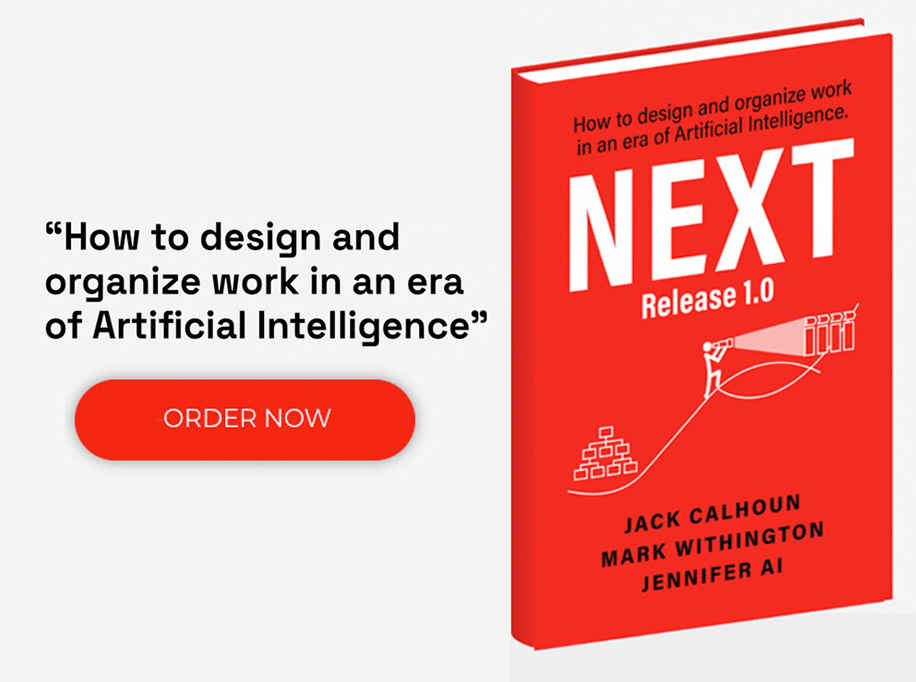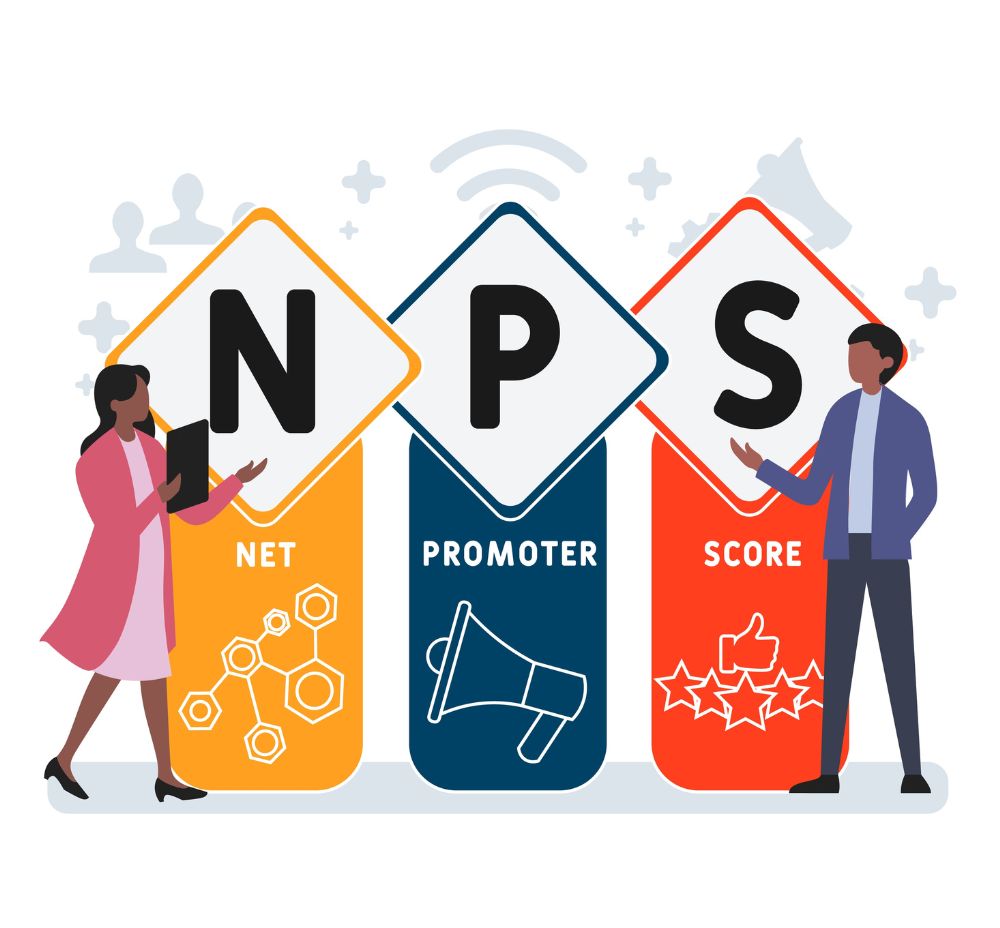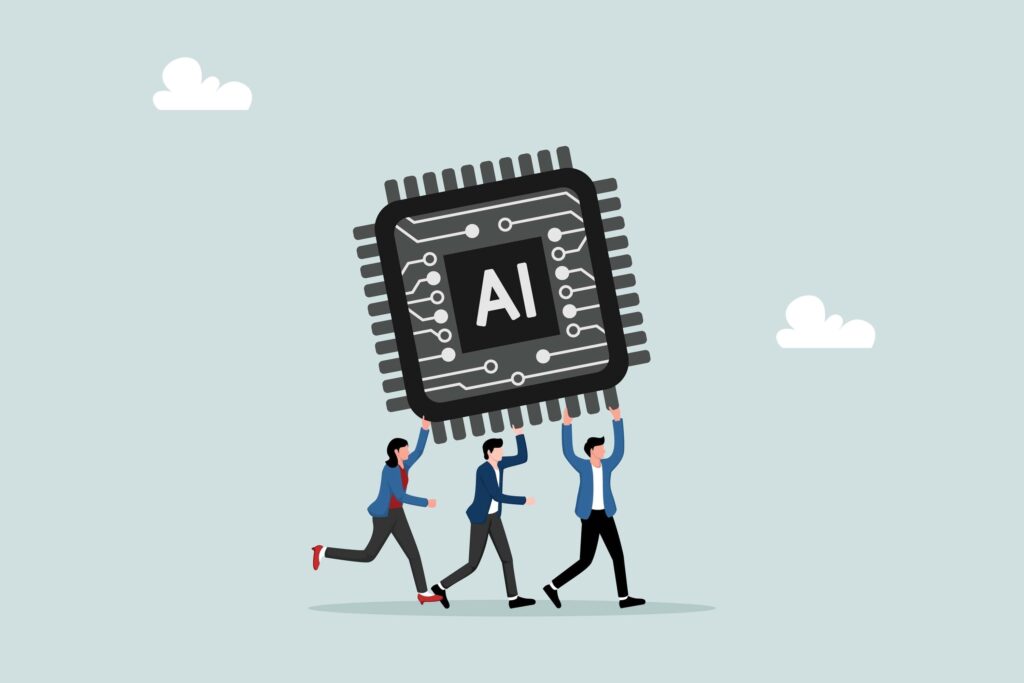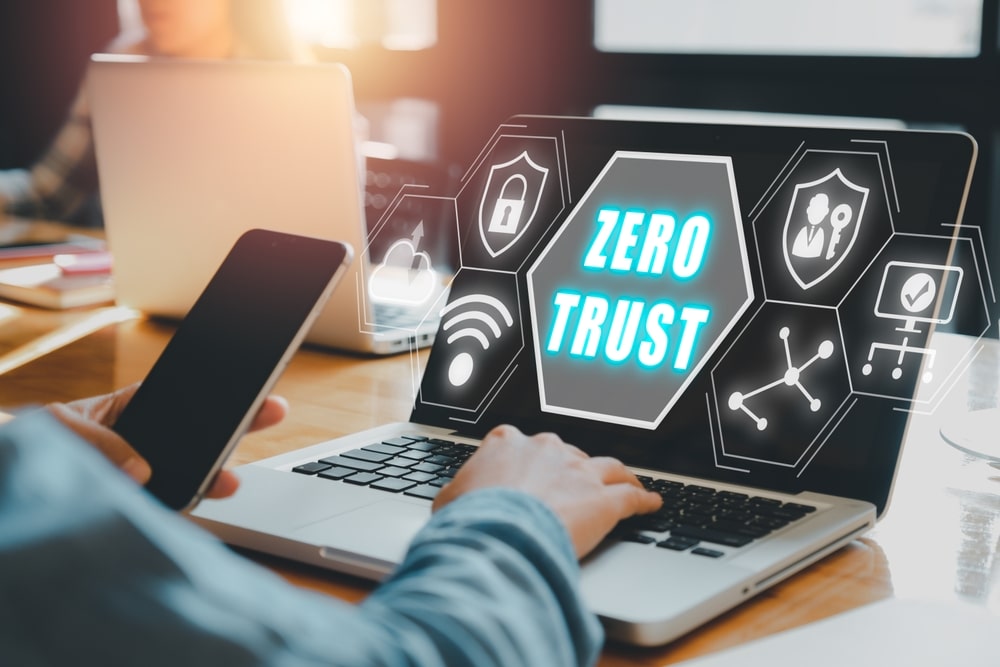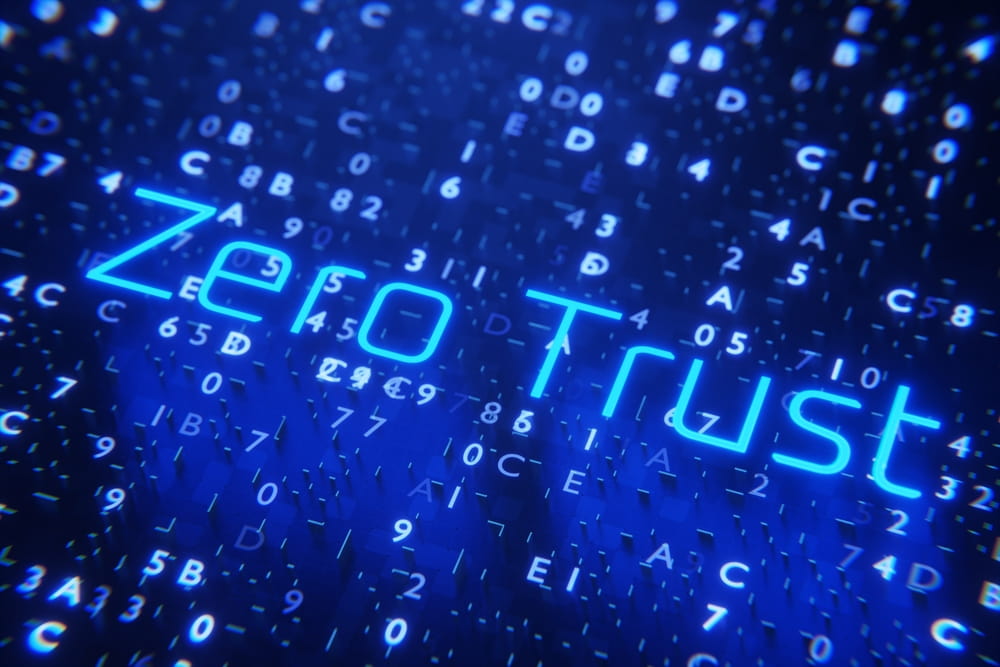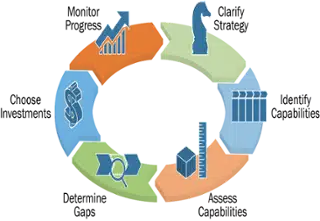The buzz about artificial intelligence (AI), Big Data, the Internet of Things (IoT), and other new digital technologies is permeating every industry at an unprecedented pace. Every business seems to have a different response to evolving technologies. Some choose to make upgrades gradually, others dash to embrace every innovation, and others carry on as if nothing has changed. But how prepared is your business? What we are here to discuss today is digital disruption, and the tool businesses can use to assess their exposure and chart a course for success.
Disruption Maturity Model, Explained
A disruption maturity model is like a digital disruption resilience test. It’s an assessment tool that measures an organization’s disruption exposure, symptoms that describe their current level of exposure, root cause issues driving those symptoms, and activities the organization can undertake to address those root causes and elevate themselves to the next level of maturity.
So what exactly does this all mean, and how do businesses use a disruption maturity model? To dive into this further, let’s discuss the topic of digital disruption.
Digital disruption refers to digital technologies’ profound impact on traditional industries and their business models. It involves the use of digital innovations, such as AI, mobile apps, and online platforms, to create new ways of doing business and to challenge and transform established methods and markets.
How organizations navigate digital disruption matters greatly. Organizations that choose to ignore their exposure to digital disruption and carry on with traditional methods do so at their own peril. Equally, those organizations that view this challenge as a binary switch from analog to digital face disappointment and frustration in their efforts to leverage new, innovative technologies.
Ultimately, digital transformation, deliberately addressing disruption exposure, is a gradual learning process requiring the organization to mature over time as its employees and the day-to-day processes evolve to adopt that technology.
For Accelare, this learning process, also called a digital disruption maturity model, consists of five levels, each requiring specific actions to achieve the next level of maturity.
What are the Five Levels of the Disruption Maturity Model?
We’ve identified five stages on the disruption maturity journey, each with its own challenges and opportunities.
Level 1: Vulnerable
At this level, short-term thinking dominates. Budgets tend to prioritize “keeping the lights on” over transformative projects, and innovation feels like a foreign language. Stuck in a reactive mode, businesses at this level are vulnerable to emerging threats, struggling to attract and retain talent who crave progress. To level up, shift the focus from tactical “run and improve” project funding and resourcing to strategic, transformative initiatives, even if it means taking calculated risks.
Level 2: Exposed
In the second level, new project development feels like navigating murky waters. Success is unpredictable, and customer experience (CX) takes a back seat. Innovation efforts are too often siloed, lacking a clear direction or connection to an overall strategy. To move on to higher ground, prioritize customer-centric innovation. Implement robust data analytics to understand customer behavior and market trends. Build cross-functional teams to break down silos and foster collaboration.
Level 3: Competent
The third level is a bit more promising. While identifying and prioritizing the capital project portfolio is a struggle, many existing processes are getting a tech upgrade. Automation brings some improvements to efficiency, but the “wow factor” is still missing. To progress, develop a clear framework for evaluating and prioritizing projects based on their strategic impact and potential for disruption. Embrace experimentation with emerging technologies.
Level 4: Resilient
At this level, new technology informs strategic planning, but innovation remains confined to departmental initiatives, missing the potential for enterprise-wide transformation. Departmental successes struggle to scale across the organization, limiting the overall impact of innovation efforts as silos hinder collaboration and information sharing. To move beyond resilience and begin thriving, encourage cross-pollination of ideas and collaboration on enterprise-wide innovation initiatives. Leverage technology to create a single source of truth and streamline cross-functional workflows.
Level 5: Innovative
At the ultimate level, the entire organization acts as a “tech radar,” swiftly identifying and leveraging game-changing technologies. Business models are continuously reimagined to stay ahead of the curve.
To stay strongly in this level, cultivate a culture of continuous learning and experimentation. Encourage calculated risk-taking and celebrate failures as stepping stones to success. Build a flexible and agile organizational structure that can quickly respond to emerging opportunities.
Explore Accelare’s Digital Disruption Maturity Model
If you would like to learn more about digital disruption and your organization’s exposure to it, please click here to take our quick, online, 4-minute Digital Disruption assessment. Upon completion, we will send you a free assessment report that will cover the following:
- The four domains of disruption within the organization,
- Your organization’s exposure to digital disruption measured against our digital disruption maturity model,
- And specific actions you can undertake to harness technology to your favor.

